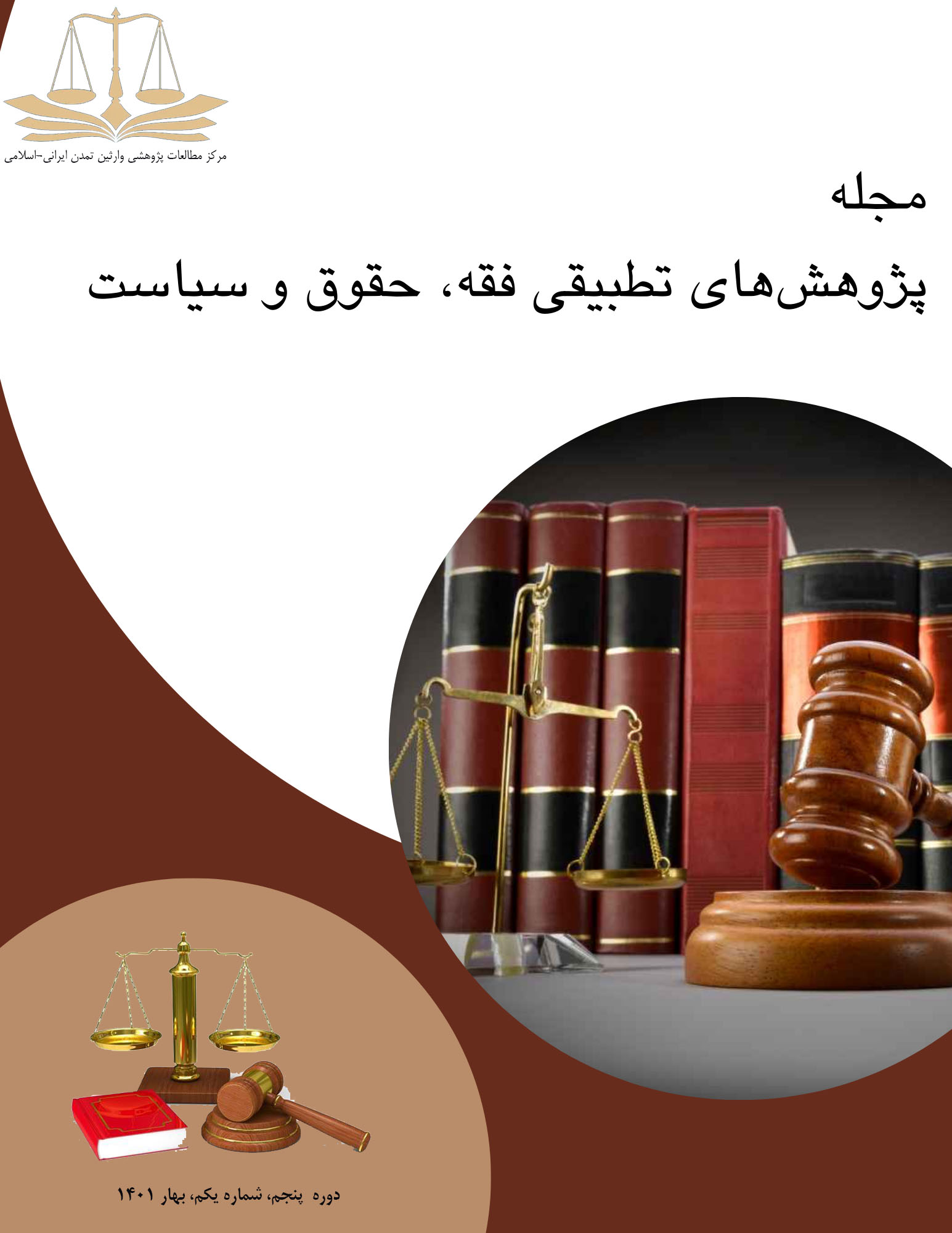رویه دادگاه اروپایی حقوق بشر در مواجهه با حقوق نرم بینالمللی
کلمات کلیدی:
حقوق نرم, حقوق بشر, دادگاه اروپایی حقوق بشر, عرف بینالمللیچکیده
انعطافپذیری یکی از ویژگیهای بسیار مهم در هر نظام حقوقی محسوب میگردد. یکی از سازوکارهای ایجاد و تضمین انعطافپذیری در حقوق بینالمللی مفهوم حقوق نرم میباشد. مفهوم حقوق نرم در حوزههای مختلف حقوق بینالملل و به طور خاص حقوق بشر گسترش بسیار زیاد پیدا کرده است. هنجارهای حقوق نرم در فضای خاکستری میان حقوق الزامآور یا سخت و اخلاق قرار گرفتهاند. بازخورد این هنجارهای در حوزههای مختلف حقوق بینالملل مورد توجه پژوهشگران قرار گرفته است. هدف از پژوهش حاضر تبیین رویکرد دادگاه اروپایی حقوق بشر در مواجهه با هنجارهای حقوق نرم میباشد. یافتههای پژوهش حاضر که به روش توصیفی-تحلیلی و ابزار کتابخانهای گردآوری شده است نشان میدهد که، دادگاه اروپایی حقوق بشر گاهی با حقوق نرمی که از پیش تولید شدهاند، مواجه میشود و گاهی نیز (از طریق ایجاد رویةهای خلاف قواعد موجود) در قامت «تولیدکنندة حقوق نرم» ظاهر میگردد. حقوق نرمِ از پیش ایجاد شده در پرتو رویة دادگاه اروپایی حقوق بشر دارای سه کارکرد بسیار مهم است: استفاده از حقوق نرم به عنوان ابزار تفسیر قواعد و هنجارهای سخت؛ تقویت حقوق نرمِ از پیش ایجاد شده و کمک به انتقال آن به فضای حقوق سخت از طریق ایجاد قواعد عرفی جدید؛ استفاده از حقوق نرم برای ارتقاء هنجارهای سخت در سلسله مراتب هنجاری حقوق بینالملل.
مراجع
Beyranvand, F. (2023). The practice of national courts in dealing with international soft law with an emphasis on humanitarian law. Farhang Shenasi.
Bianku, L., & Smith, H. (2021). Independence and Impartiality of the Judiciary: An overview of relevant jurisprudence of the European Court of Human Rights. AIRE Centre.
Cassesse, A. (2001). International Law. Oxford University Press.
Chinkin, C. M. (1989). The Challenge of Soft Law. International and Comparative Law Quarterly, 38(4).
Committee on the Rights of the Child. (2005). General Comment No. 7.
Damrosch, L. F. (2014). International Law: Cases and Materials. West Academic.
Eliantonio, M. (2021). Judicial Review of Soft Law before the European and the National Courts: A Wind of Change Blowing from the Member States? In EU Soft Law in the Member States: Theoretical Findings and Empirical Evidence. Oana Hart Publishing.
Fastenrath, U. (1993). Relative Normativity in International Law. European Journal of International Law, 4(3).
Gruchalla-Wesiersk, T. (1984). A Framework for Understanding Soft Law. McGill Law Journal, 30.
Hodson, D., & Maher, I. (2004). Soft Law and Sanctions: Economic Policy Coordination and Reform of the Stability and Growth Pact. Journal of European Public Policy, 21.
Klabbers, J. (1996). The Redundancy of Soft Law. Nordic Journal of International Law, 65.
Klabbers, J. (1998). The Concept of Treaty in International Law. Kluwer Law International.
Klabbers, J., & Palombella, G. (2019). The Challenge of Inter-legality. Cambridge University Press.
Knijn, T., & Naldini, M. (2018). Gender and Generational Division in EU Citizenship. Edward Elgar Publishing.
Morth, U. (2004). Soft Law in Governance and Regulation. Edward Elgar Publication.
Munch, F. (1991). Non-binding Agreement. In R. Bernhardt (Ed.), Encyclopedia of Public International Law. Max-Planck Institution.
Nußberger, A. (2017). The ECtHR’s Use of Decisions of International Courts and Quasi-Judicial Bodies. In A. Müller (Ed.), Judicial Dialogue and Human Rights. Cambridge University Press.
Roucounas, E. (2019). A Landscape of Contemporary Theories of International Law. Brill Nijhoff.
Sekalala, S. (2018). Soft Law and Global Health Problems. Cambridge University Press.
Senden, L. (2004). Soft Law in European Community Law. Hart Publishing.
Senden, L. (2005). Soft Law and its Implications for Institutional Balance in the EC. Utrecht Law Review, 1.
Shaffer, G., & Pollack, M. A. (2012). Hard and Soft Law. In J. L. Dunoff & M. A. Pollack (Eds.), Interdisciplinary Perspectives on International Law and International Relations: The State of the Art. Cambridge University Press.
Shelton, D. (2010). Commitment and Compliance: The Role of Non-Binding Norms in the International Legal System. Oxford University Press.
Thürer, D. (2013). Soft Law. In The Max Planck Encyclopedia of Public International Law.
Tsilonis, V. (2019). The Jurisdiction of the International Criminal Court. Springer.
Warner, S. D., & Livingston, D. W. (1994). Political Writings (D. Hume, Ed.). Indianapolis.
Zemanek, K. (1997). The Legal Foundations of the International System: General Course on Public International Law. Nijhoff, Leiden.
دانلود
چاپ شده
ارسال
بازنگری
پذیرش
شماره
نوع مقاله
مجوز
حق نشر 2025 Farangis Mansouri (Corresponding author)

این پروژه تحت مجوز بین المللی Creative Commons Attribution-NonCommercial 4.0 می باشد.








